Deciding where is the best place to go in Alaska is a thrilling puzzle, much like navigating its vast, breathtaking landscapes. The answer isn’t a single location, but rather a reflection of your personal interests, the experiences you seek, and the time of year you choose to explore this magnificent state. Alaska, the Last Frontier, offers everything from vibrant urban centers and accessible national parks to remote wilderness and unparalleled wildlife viewing. Choosing your “best place” means aligning your travel dreams with the unique opportunities each region presents.
This guide, crafted from a passion for Alaska’s varied wonders, will help you navigate the possibilities. We’ll look at key destinations, highlight unforgettable experiences, consider the impact of the seasons, and provide practical tips to help you determine your ideal Alaskan adventure. Whether you dream of seeing the Northern Lights, encountering iconic wildlife, exploring glaciers, or hitting the open road, Alaska has a “best place” waiting for you.
Defining “Best” in Alaska
What makes a place “best” is entirely subjective. For some, it’s the accessibility of hiking trails and coastal wildlife. For others, it’s the chance to witness the Aurora Borealis dance across the night sky. Alaska caters to all these desires. The state’s sheer size means diverse climates, ecosystems, and attractions are spread across vast distances. Your perfect itinerary might focus on a single region for a deep dive or traverse multiple areas to experience Alaska’s variety.
Understanding what you hope to see and do is the first step in determining where is the best place to go in Alaska for you. Are you an avid hiker, a history buff, a wildlife enthusiast, or someone simply seeking serene beauty? Identify your priorities, and the map of possibilities will begin to unfold.
Top Destinations for Your Alaska Adventure
Alaska boasts several key regions, each offering a distinct flavor of the Last Frontier. From the southcentral hub to the wild interior, these places serve as excellent bases for exploration and feature many of Alaska’s most celebrated attractions.
Anchorage: The Urban Gateway
Anchorage often serves as the primary entry point for visitors, and it’s far more than just an airport city. As Alaska’s largest city, it provides convenient access to rental cars, diverse lodging, and a range of dining options. It’s also a gateway to stunning natural beauty, with nearby mountains, coastal trails, and opportunities for day trips.
Anchorage offers museums exploring Alaskan history and native culture, excellent restaurants showcasing local seafood, and access to the scenic Turnagain Arm, a body of water known for its bore tide and wildlife sightings. While it has a city vibe, the surrounding wilderness is always within reach. Staying near Anchorage allows for easy transitions and provides a good starting point for road trips north or south.
Finding Your Perfect Amateur Astronomy Telescope – Expert Guide 2025
Discover the Best Michigan Places to Visit for Unforgettable Adventures in 2024
Discover the Top 11 nevada places to visit

Rocky beach with snowcapped mountains in the background in Homer, Alaska
Denali National Park: Wilderness Heart
Home to the tallest peak in North America (Denali, formerly Mt. McKinley), Denali National Park is synonymous with raw wilderness and iconic Alaskan wildlife like bears, moose, caribou, Dall sheep, and wolves. Vehicle access deep into the park is limited, emphasizing the park’s commitment to preserving its wild character.
Visiting Denali typically involves riding park buses for wildlife viewing and accessing trailheads. The experience is immersive, offering vast Tundra landscapes and dramatic mountain views. Access and activities vary significantly by season, with limited road access in the shoulder seasons and winter. For many, experiencing the scale and wildlife of Denali is a highlight, making it a strong contender for where is the best place to go in Alaska for pure wilderness encounters.
Seward & Kenai Fjords National Park: Coastal Wonders
Located on the Kenai Peninsula, Seward is a charming coastal town serving as the gateway to Kenai Fjords National Park. This area is renowned for its dramatic coastline, tidewater glaciers calving into the sea, and abundant marine wildlife, including whales, orcas, sea otters, seals, and puffins.
Wildlife and glacier cruises departing from Seward are a popular way to experience the park’s wonders. The town itself offers access to hiking trails like the challenging Harding Icefield Trail and the Exit Glacier area. Despite being one of Alaska’s rainiest spots, the misty fjords and vibrant green landscapes offer a unique beauty. It’s a top choice for those seeking marine adventure and stunning coastal scenery.
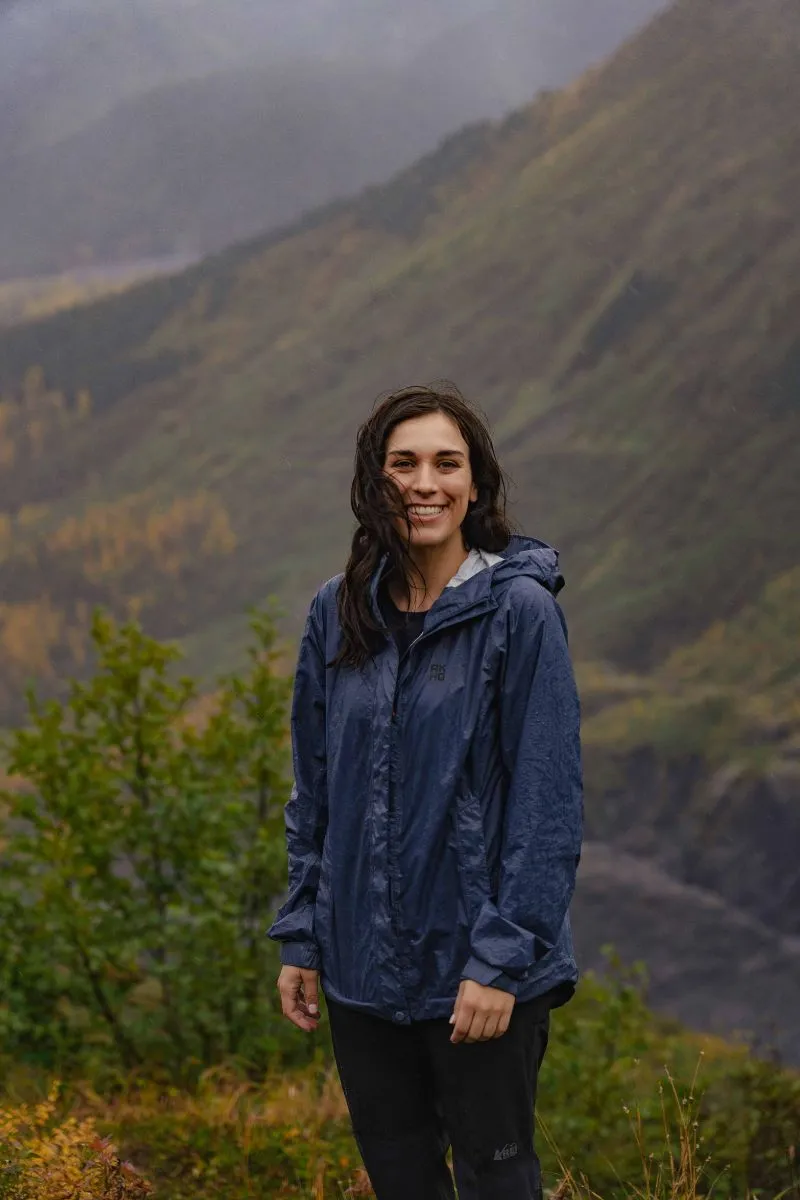 Hiker on the Harding Icefield Trail in Kenai Fjords National Park
Hiker on the Harding Icefield Trail in Kenai Fjords National Park
Homer: Artsy Town on the Spit
Dubbed the “Halibut Fishing Capital of the World” and “the end of the road,” Homer sits on Kachemak Bay at the tip of the Sterling Highway. This quirky, artistic town offers incredible views across the bay to the mountains and glaciers of Kachemak Bay State Park. The Homer Spit, a long, narrow finger of land jutting into the bay, is lined with shops, restaurants, and fishing charters.
Homer is an excellent base for fishing trips, exploring Kachemak Bay via water taxi for hiking and wildlife viewing, or simply enjoying the coastal atmosphere. It also offers access to bear viewing tours in nearby Katmai or Lake Clark National Parks. Homer provides a relaxed pace and stunning scenery, appealing to anglers and those seeking a charming coastal escape.
Fairbanks: Aurora and Interior
Fairbanks, located in Alaska’s interior, is best known as one of the prime locations for viewing the spectacular Northern Lights (Aurora Borealis), especially during the darker months from late August to April. The city’s lower light pollution and location under the auroral oval contribute to its reputation as an aurora hotspot.
Beyond the Northern Lights, Fairbanks offers insights into the region’s gold rush history, native culture, and Arctic environment. Attractions include the Fountainhead Antique Auto Museum, the University of Alaska Museum of the North, and riverboat tours on the Chena River. For those whose top priority is witnessing the Aurora or exploring the less-populated interior, Fairbanks is a strong contender for where is the best place to go in Alaska.
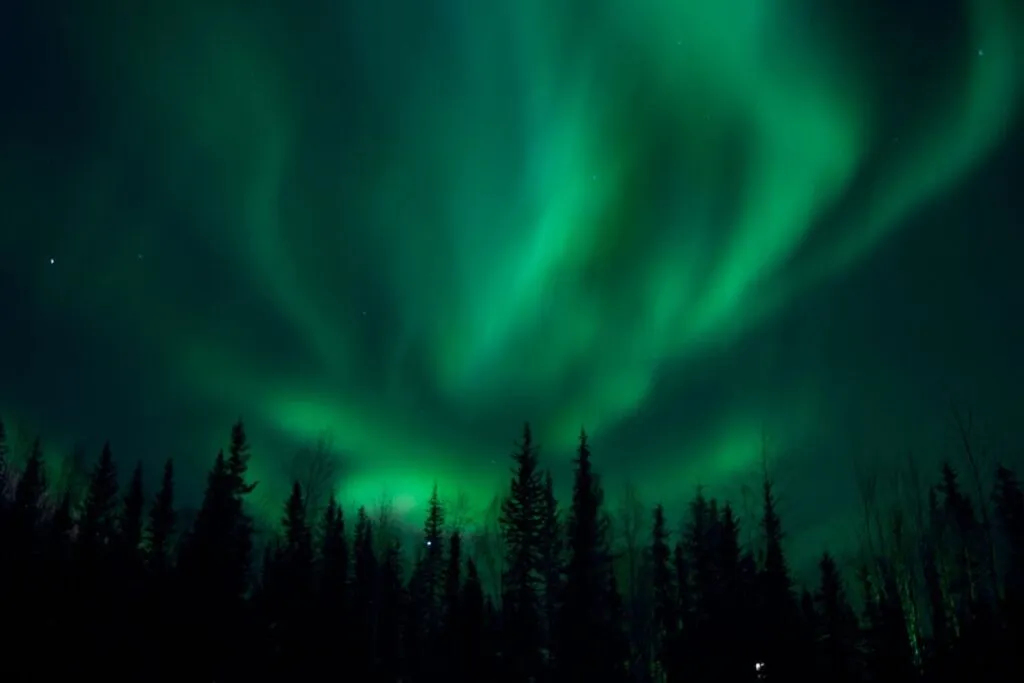 Night sky covered by the Northern Lights
Night sky covered by the Northern Lights
Other Notable Mentions
Southeast Alaska, accessible primarily by cruise ship or plane, offers a completely different experience. Cities like Juneau (the state capital), Ketchikan, and Skagway provide stunning fjord scenery, rich Tlingit culture, historical gold rush towns, and incredible opportunities to see whales and bears closer to the coast. A cruise or ferry journey through the Inside Passage might be the best way to see this region’s unique beauty.
Experiences That Define Alaska
Beyond specific locations, certain experiences are quintessentially Alaskan and can help guide your decision on where is the best place to go in Alaska.
Chasing the Northern Lights
Seeing the Aurora Borealis is a bucket-list item for many. While possible in many parts of the state during dark hours (typically late August to April), Fairbanks and areas further north offer the best chances due to their latitude and clearer skies. Patience and dark skies away from city lights are key.
Wildlife Encounters
Alaska is teeming with wildlife. Where you go dictates what you might see. Coastal areas like Seward and Homer are excellent for marine life (whales, otters, puffins, sea lions). Denali is prime for the “Big Five” (moose, caribou, Dall sheep, wolves, bears). The Alaska Wildlife Conservation Center near Anchorage offers guaranteed sightings of rescued animals. Bear viewing tours in Katmai or Lake Clark are world-renowned but require travel from places like Homer or Anchorage.
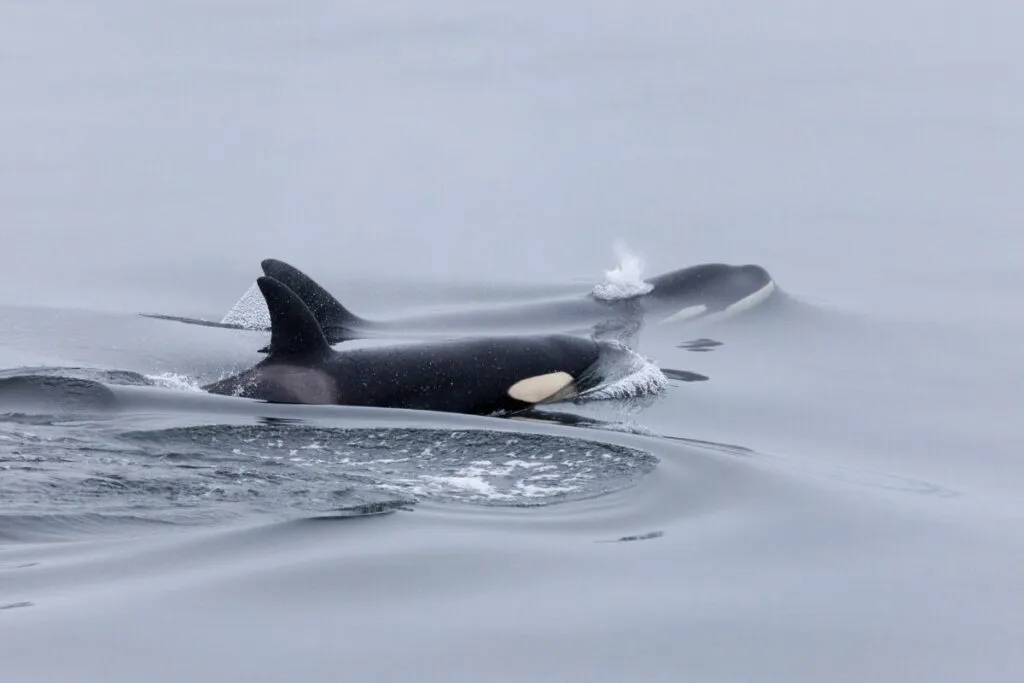 Two orcas swimming side by side
Two orcas swimming side by side
Scenic Road Trips
Driving in Alaska is an experience in itself. Highways like the Seward Highway (connecting Anchorage to Seward) and the Sterling Highway (connecting Anchorage/Soldotna to Homer) offer breathtaking views, access to trailheads, and wildlife spotting opportunities. A road trip provides flexibility and immersion in the changing landscapes. Renting a car or campervan is popular for exploring Southcentral and Interior Alaska.
Glacier & Wildlife Cruises
Cruises, ranging from half-day excursions out of Seward or Homer to multi-day voyages through the Inside Passage, are fantastic ways to see Alaska’s glaciers and marine ecosystems up close. This is often the best way to witness calving glaciers and active marine life in their natural habitat.
Hiking the Last Frontier
From easy coastal strolls to challenging alpine treks, Alaska offers diverse hiking opportunities. Kenai Fjords, Denali, and Chugach National Forest (near Anchorage and Girdwood) feature some of the most popular trails. Hiking is an intimate way to experience Alaska’s beauty, but requires preparation, especially regarding wildlife safety.
 Hiker on the Harding Icefield Trail in Kenai Fjords National Park
Hiker on the Harding Icefield Trail in Kenai Fjords National Park
Fishing Adventures
Alaska is a world-class fishing destination, known particularly for salmon and halibut. Rivers like the Kenai are famous for their salmon runs and rainbow trout fishing. Booking a guided fishing trip is a classic Alaskan experience, often yielding not just fish but also incredible scenery.
Unique Perspectives: Flightseeing & Railroad
For unparalleled views, consider a flightseeing tour over mountains, glaciers, or active volcanoes. These tours offer a breathtaking perspective on Alaska’s scale. The Alaska Railroad also provides scenic journeys connecting major destinations like Seward, Anchorage, Talkeetna, Denali, and Fairbanks, offering a comfortable way to travel while enjoying the scenery and potentially spotting wildlife.
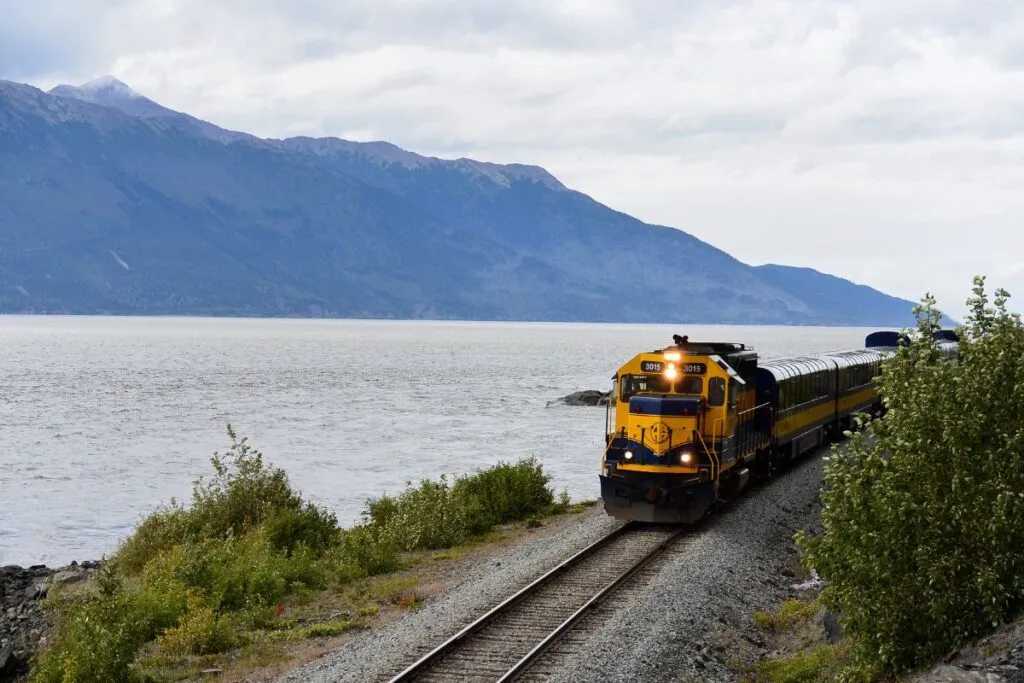 Train surrounded by mountains
Train surrounded by mountains
Best Time to Visit Alaska: Matching Your Interests to the Seasons
The “best” time to visit Alaska heavily influences where is the best place to go in Alaska. Each season offers unique advantages and challenges.
Summer (June – August)
This is peak season with the warmest weather, longest daylight hours (“midnight sun”), and full accessibility to parks and activities. It’s ideal for hiking, cruising, fishing, and wildlife viewing. Downsides include larger crowds and higher prices.
Fall (September)
September is shoulder season. Early September offers vibrant fall colors, fewer crowds, and still pleasant temperatures in many areas. It’s an excellent time for road trips and offers a chance to see the Northern Lights as darkness returns. Some businesses and park facilities may begin to close towards the end of the month.
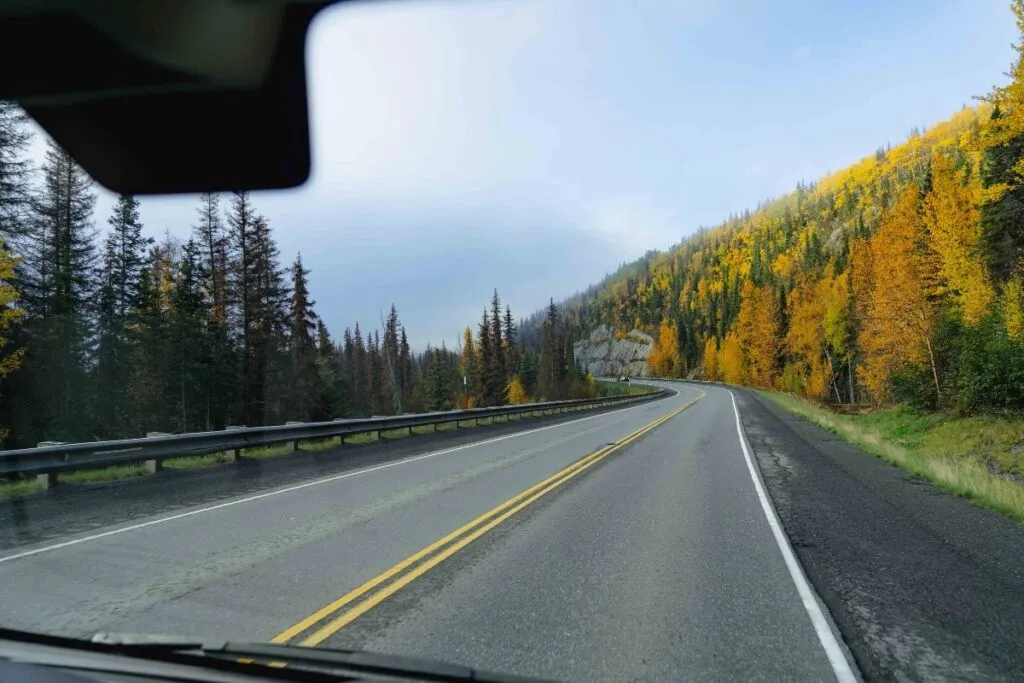 View of fall foliage while driving along the Sterling Highway
View of fall foliage while driving along the Sterling Highway
Winter (October – April)
This is the prime season for guaranteed Northern Lights viewing, especially in Interior Alaska (Fairbanks). Winter offers unique activities like dog mushing, ice sculpting, and skiing, but many tourist facilities are closed, and travel can be challenging due to weather. It’s ideal for those seeking a quiet, cold-weather adventure focused on the Aurora.
Spring (May)
A transition season, spring sees increasing daylight and warming temperatures. Wildlife becomes more active, and migratory birds return. It’s a good time to find early-season deals before the summer rush, though some areas may still have snow or limited access.
Planning Your Alaska Trip: Tips for Choosing Your “Best Place”
Making the decision involves combining your interests with the realities of Alaskan travel.
Consider Your Interests & Budget
Prioritize what you most want to see or do. If Northern Lights are paramount, focus on Fairbanks in winter/shoulder season. If glaciers and marine life are key, build your trip around Seward or a cruise. Budget is also a factor, as prices fluctuate significantly between peak and off-seasons.
How Long Should You Stay?
Given the distances and diversity, plan for at least 7-10 days to experience one or two regions adequately. Two weeks allows for a more comprehensive journey covering Southcentral and maybe part of the Interior.
Getting Around
Alaska’s size means travel between regions can be by plane, train, or car. Within regions like Southcentral, renting a car offers maximum flexibility. For Southeast, cruises or the Alaska Marine Highway ferry are the primary modes.
Packing Smart
Regardless of when you visit, layering is essential. Be prepared for variable weather, including rain, even in summer. Waterproof gear is highly recommended. Don’t forget essentials like binoculars for wildlife and bug spray in summer.
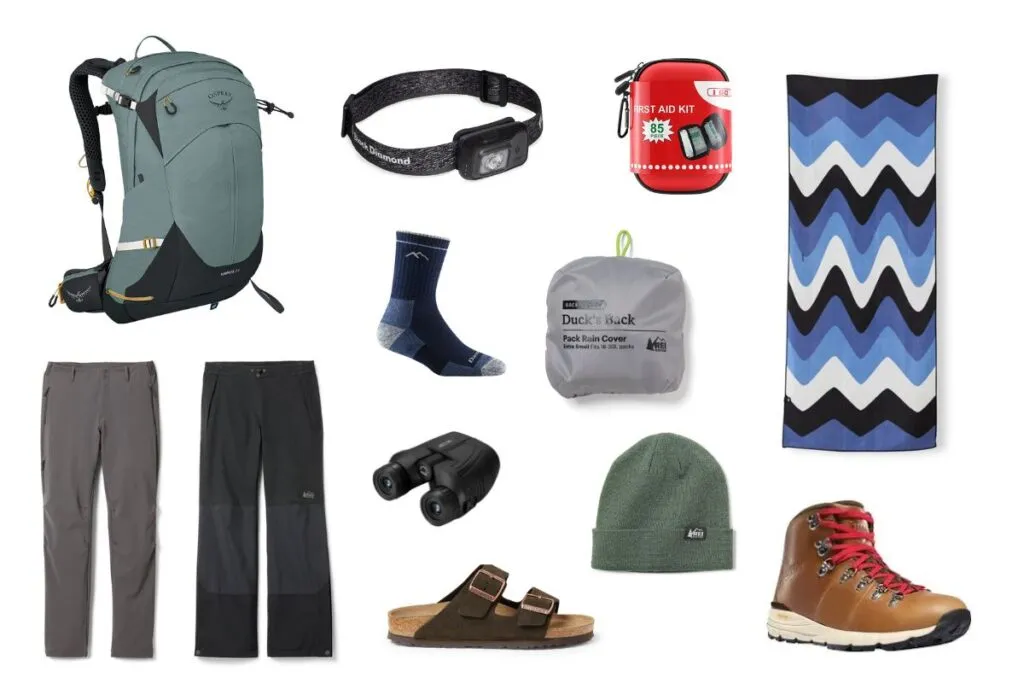 Items to pack for a fall trip to Alaska (hiking boots, towel, headlamp, wool socks, binoculars)
Items to pack for a fall trip to Alaska (hiking boots, towel, headlamp, wool socks, binoculars)
Frequently Asked Questions About Visiting Alaska
What is the best month to visit Alaska?
Summer (June-August) is popular for weather, wildlife, and activities. September offers fall colors and potential Northern Lights with fewer crowds. February-March is best for winter activities and strong Aurora chances.
What’s the most beautiful part of Alaska?
Beauty is everywhere! Kenai Fjords offers dramatic coastal beauty. Denali provides vast mountain and Tundra vistas. Southeast Alaska boasts stunning fjords and islands. The “most beautiful” depends on your preference for mountains, coastlines, or wilderness.
Is Alaska expensive to visit?
Alaska can be expensive, especially during peak summer season for flights, lodging, and tours. Traveling in the shoulder season (May, September) or off-season can help reduce costs. Planning ahead and booking in advance can also save money.
Can you see Northern Lights everywhere in Alaska?
No. While the Aurora is visible in many parts of Alaska, your chances are highest in areas within or near the auroral oval, particularly Fairbanks and locations further north, during the darker months (late August to April) and away from city light pollution. Clear skies are also necessary.
Finding Your Alaska
Ultimately, where is the best place to go in Alaska is a journey of discovery tailored to your unique vision. Whether you settle on the accessible beauty of Southcentral, the wild heart of the Interior, or the dramatic fjords of the Southeast, Alaska promises an adventure unlike any other. Define your interests, consider the season, and prepare for an experience that connects you deeply with the power and beauty of the Last Frontier.
